Humanitarian and environmental crises periodically appear as blemishes that taint placid landscapes, repercussions of which are collectively felt by all around the globe. These formidable junctures hold up a mirror to society, unveiling an image of every flaw that looms over humankind, vices swept under the carpet until the underlying ignorance multiplies into a much larger problem. Ironically, time and again such situations prove to be stimulants for solidarity that transcends geographical, cultural, and linguistic borders. The Covid-19 pandemic was one such predicament that brought the world to a halt, in every possible way. Amidst the limbo, a sense of collaboration enwrapped the aching world; helping hands were extended sans second thoughts and humanity prevailed during the humanitarian crisis.
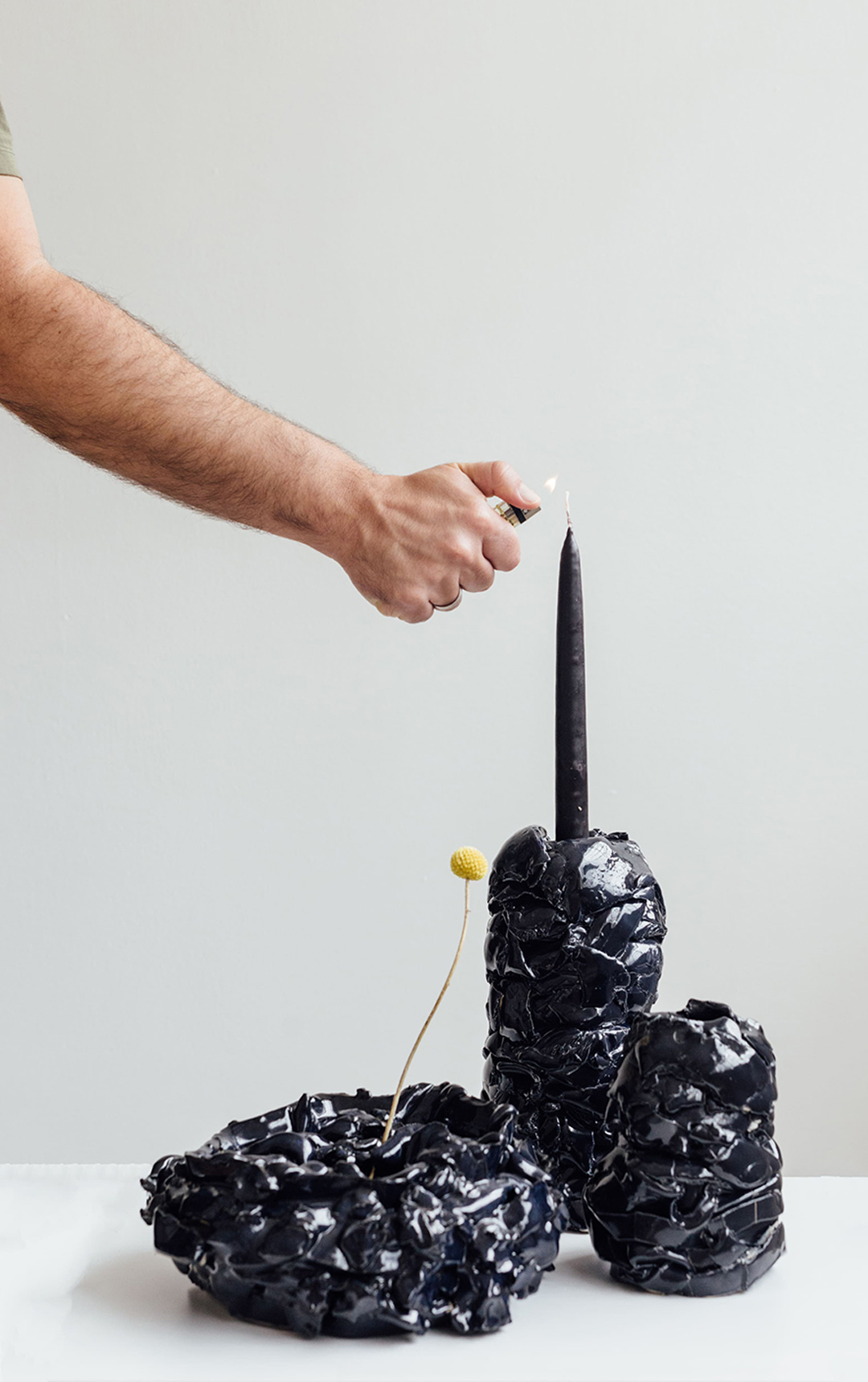
Partnerships emerged as the protagonists in the enveloping urgency—from healthcare providers selflessly tending to the ailing and common people building a web of assistance for one another, to designers coming forth to support their craftsmen through the economic downfall. It was during this time that Colombia-based designer Francisco Jaramillo acknowledged the plight of his ceramic artisans, who were about to close their workshop. He decided to intervene and help the artisans optimise their condition. This intervention, in fact the mere thought of it, is the origin of Palimpsesto, a small collection of ceramic objects by Jaramillo’s design studio dubbed Fango. Buying the scraps and leftovers found in the workshops, the studio shapes an ensemble that challenges the extant definitions surrounding waste. “This project aligns with our sense of being focused on people and how to collaborate. Here, we found an opportunity to reuse the scraps while making some benefit for the craftsmen,” says Francisco Jaramillo, Creative Director of Fango.
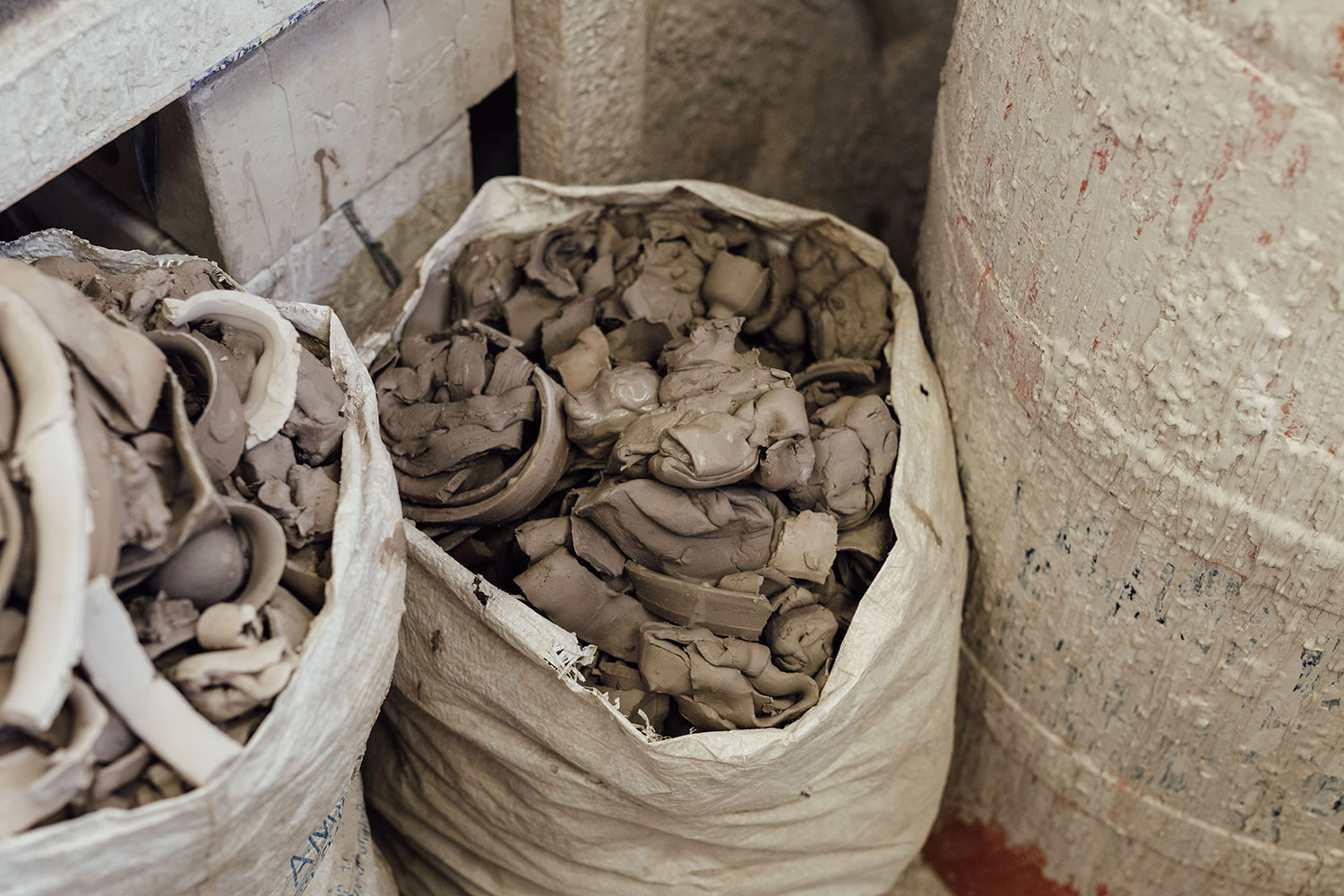
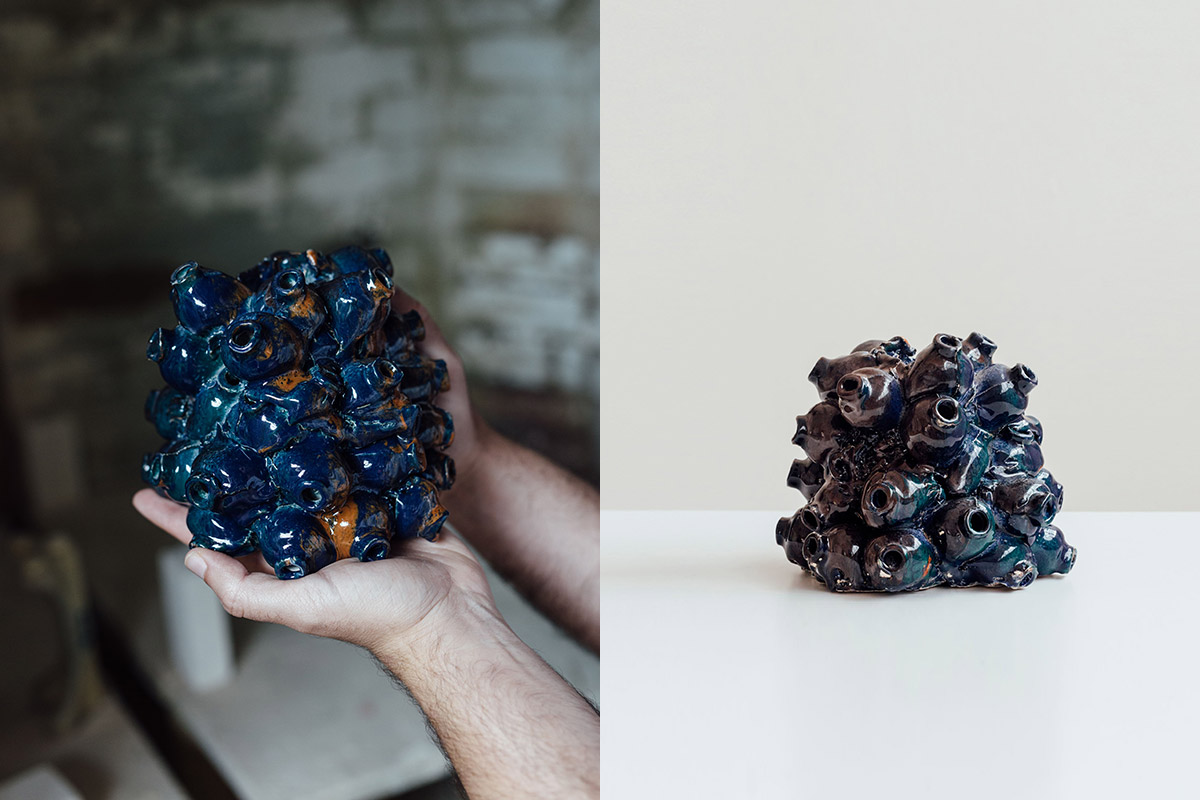
Waste is an impending byproduct of production processes, interspersed across different levels of creation such as demoulding and painting. In the mould dumps, usually some scraps are left over and in the paint booth, there is a waste of enamels. The Colombian designer refrained from perceiving the leftovers as waste, after all they were once materials of value for the craftsmen. All the accumulated scraps came together to forge the series of ceramic designs, dressing them in residual paints and introducing an uncertainty in how they would come out after burning. “I think the design process should also help people. Here, the design process involves finding possibilities for materials that have a cost for craftsmen and recognising how to earn money with materials that represent loss,” shares Jaramillo.
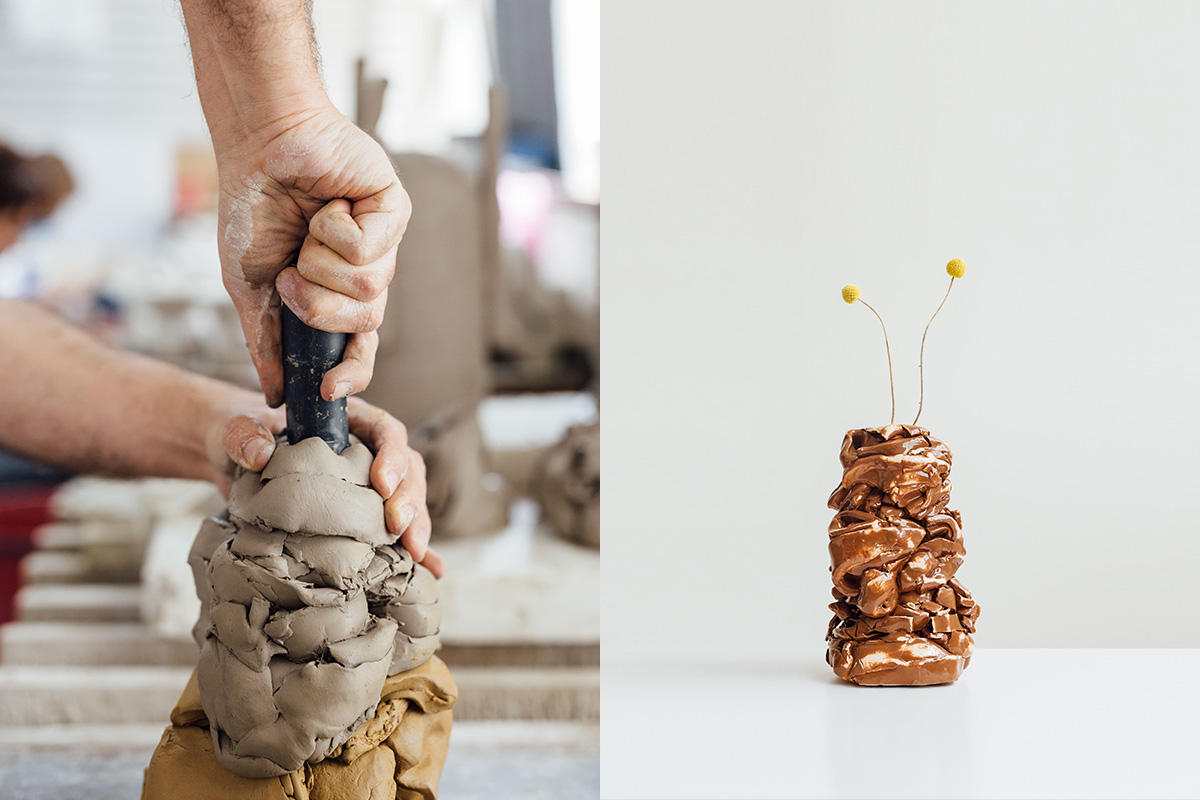
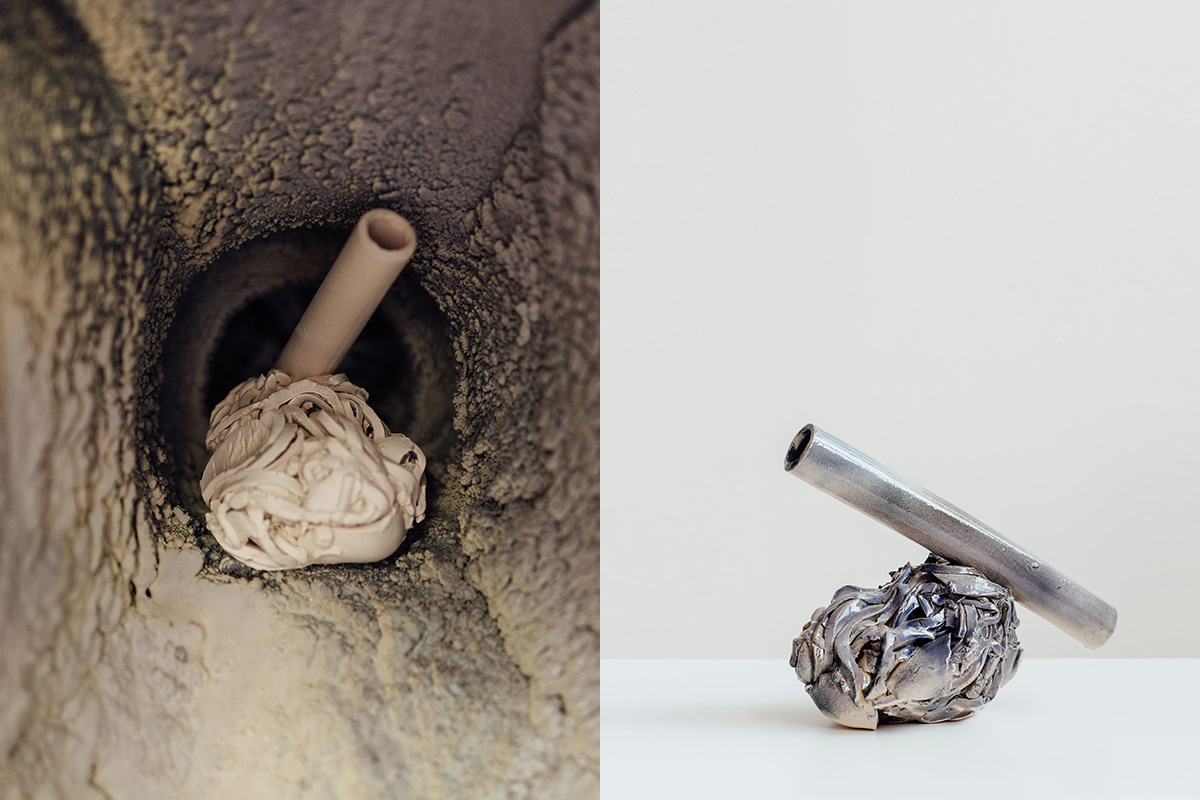
The irregular—almost sculptural—silhouettes of the candleholders were not premeditated. Embarking on a purely intuitive journey, the designer reiterated his belief that “the material showed what it wanted to be.” Renouncing his position as the designer or creator, Jaramillo resorted to simply being a mediator, bridging the material’s character and its tangible manifestations. Each object spotlights materiality and its accompanying imperfections, morphing into visual narrations of the materials’ lifecycles and how the perceived end becomes a new point of origin—a palimpsest indeed. “My design philosophy is focused on working with things that surround me, my past, my memories, and my actual environment,” says Jaramillo. “I am focused on looking not only at shapes or beauty, but I am also interested in what is going on with the world, materials, and people,” he adds.
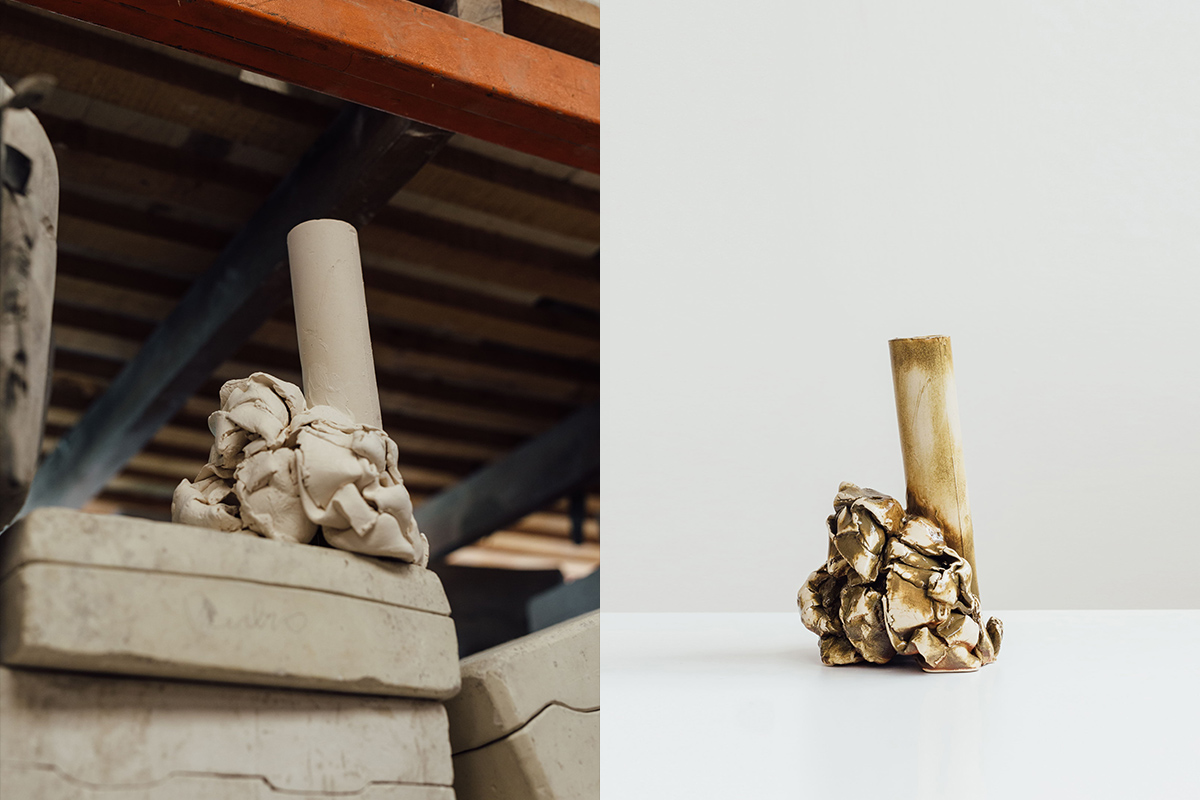
By seeing in waste a new opportunity for revival, Fango breathes life into a collection that rests on the tenets of circular design. Rather than continuing to do more pieces, the studio’s primary interest was to show craftsmen and other people whose livelihood is dependent on ceramic crafts, methods to find in scraps a way to create—a responsibility for both economics and environmental issues. Reinstating value in waste and being mindful of what one deems waste has become essential, as we move towards the future. “I think it is a must, we have an obligation to the planet and people. Today plastic is not only a problem, we should see all processes of our daily lives,” explains Jaramillo.
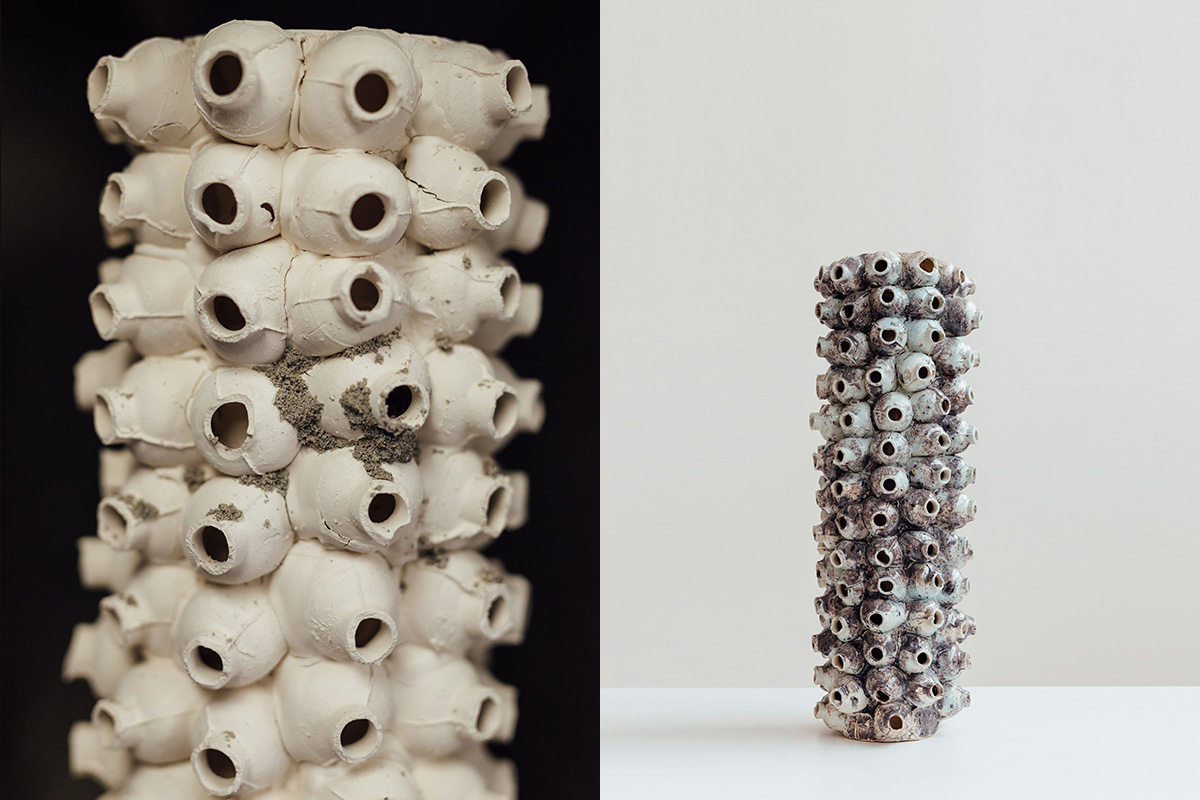
A sale percentage of the Palimpsesto collection is destined for the artisans, restating the sentimental value of the pieces that goes beyond just product design. Multiple facets of Palimpsesto come into play in the compositions—the strength of and commitment to fraternity, the role of a crisis is shaping an artistic rebellion, the untapped potential of ‘waste,’ and how a circular economy is crucial for the future of the planet—all unfolding between the blurred boundaries of functional design and sculptural art. Honing his passion for addressing environmental issues with design, Jaramillo plans on developing a project titled TEI, a workshop for emerging designers in Colombia, to work with mentors. Revolving around the theme of bird shelters, the project annunciates the need to care for birds in Colombia, one of the richest countries, when it comes to bird species.






 Sign in with email
Sign in with email


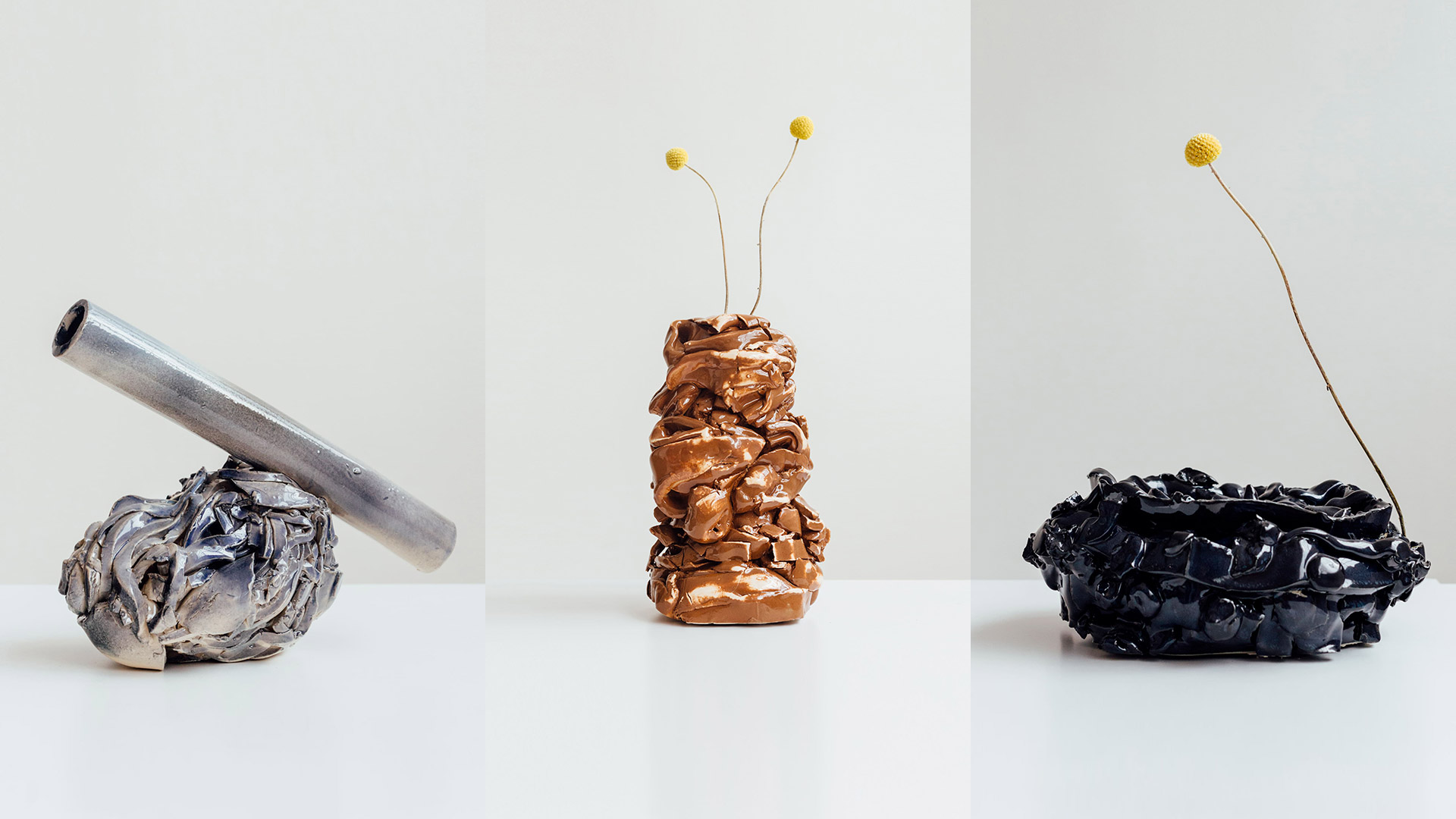
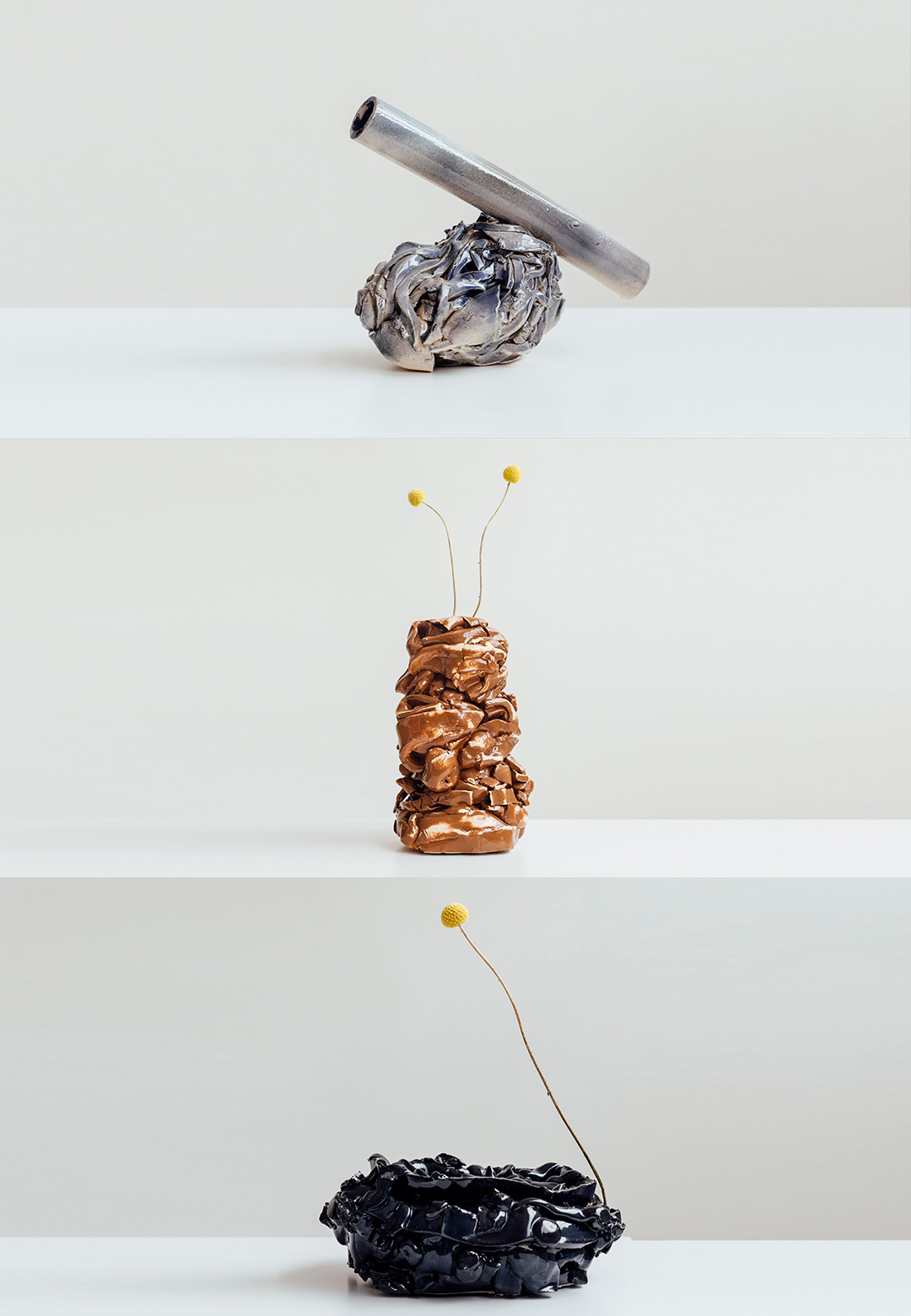
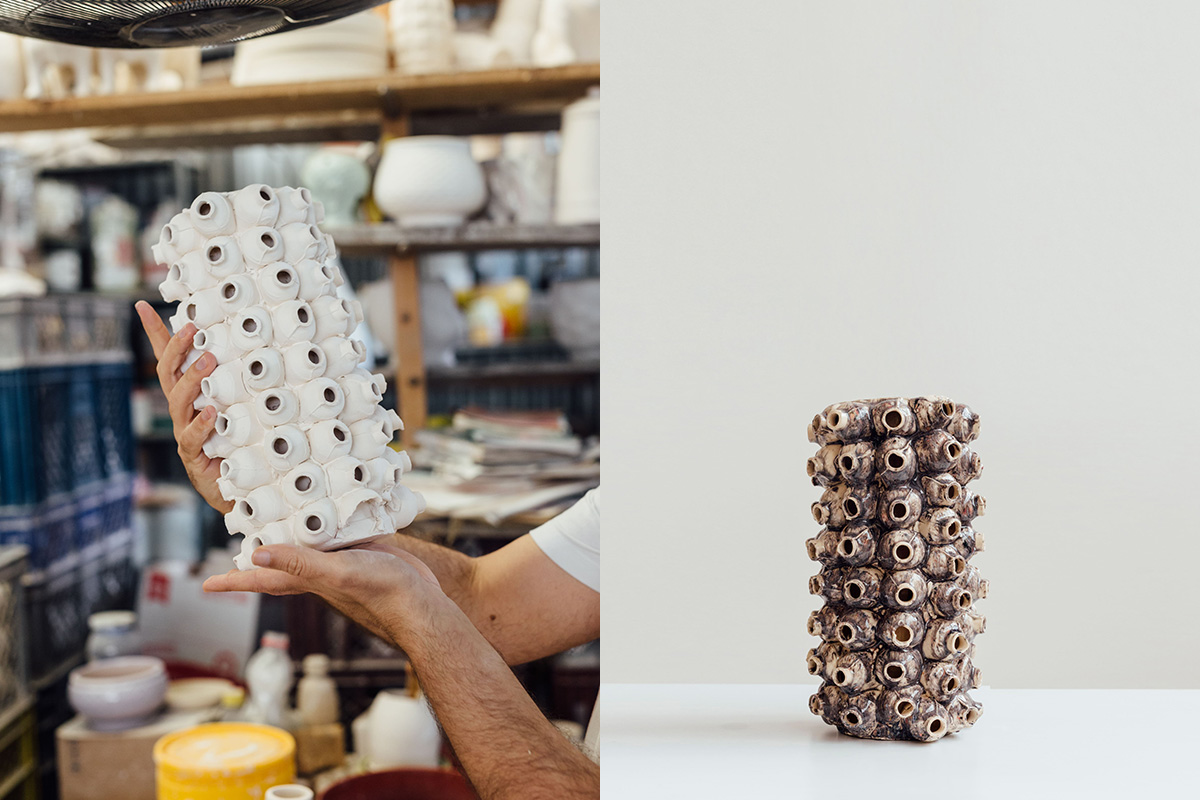






What do you think?